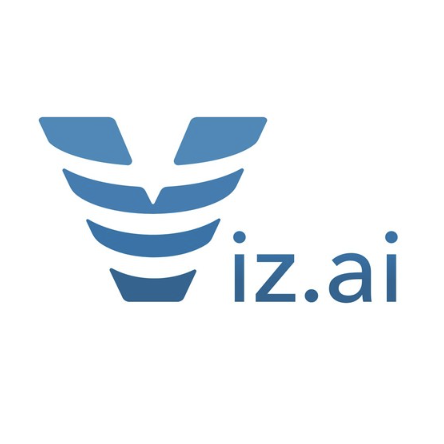R&D TAX CREDITS
Unlock Your Startup’s R&D Tax Credit Potential with Kruze Consulting
Is your startup missing out on substantial tax savings?
Many VC-backed companies are unaware they qualify for R&D tax credits, potentially leaving up to $500,000 in annual payroll tax savings unclaimed.

Kruze Consulting specializes in helping startups document and claim the R&D tax credit, ensuring you maximize your benefits while staying compliant with IRS requirements. Our expert team handles the entire process, from qualification assessment to documentation and filing, allowing you to focus on innovation while we optimize your tax position.
Not all research expenses qualify for the credit! You should work with an experienced CPA firm like Kruze Consulting to review your research & development expenses and ensure they qualify for the R&D tax credit.
You’ll need to prove that your expenses meet these requirements:
Qualified purpose
The research is focused on a specific and defined objective.
Eliminates technical uncertainty
You are attempting to advance the science of your process or project.
Uses experimentation
You’re relying on the scientific method or a trial and error process.
Technical in nature
Your project must be grounded in hard science like biology or engineering – computer science may count in many cases.
Contact Us for a Free Consultation
Kruze Consulting specializes in startup accounting, relying on experienced accounting, tax, and finance professionals, using best-in-breed financial tools and systems.
Benefits of Kruze’s R&D Tax Credit Service
Immediate Cash Flow Boost
Offset up to $500,000 in payroll taxes annually, extending your runway and fueling growth.
Expertise in R&D Accounting
Our deep understanding of VC-backed startups ensures accurate R&D expense documentation and maximized credits.
Audit-Ready Documentation
We provide comprehensive, IRS-compliant documentation to support your claim and protect you during audits.
Our R&D Tax Credit Services
Qualification Assessment
We evaluate your activities against the IRS four-part test to determine eligibility.
Credit Calculation
Using either the traditional or simplified method (our R&D tax calculator takes you through this), we calculate your maximum allowable credit.
Documentation and Filing
We prepare all necessary forms, including Form 6765, and integrate them seamlessly into your tax return.
Case Study
Cinder Technologies
Cinder Technologies partnered with Kruze Consulting to claim significant R&D tax credits, resulting in substantial savings for their growing startup.


"Working with Kruze to claim the R&D tax credit has been extremely valuable. In 2022 we were able to claim almost $60,000 in tax credits, and in 2023 we claimed over $100,000."


"I can email my account manager with questions, and if necessary, she will refer me to specialists on the tax team or the R&D tax credit team. I really appreciate that level of service."
Frequently Asked Questions
Qualifying activities include developing new products, enhancing existing products or processes, and improving prototypes and software.
Startups can offset up to $500,000 in payroll taxes annually for up to five years.
No, even unprofitable startups can benefit by using the credit to offset payroll taxes.
We stay updated on IRS rules and provide comprehensive documentation to meet the IRS’s stringent requirements, protecting your claim from rejection.
Contact Us for a Free Consultation
Kruze Consulting specializes in startup accounting, relying on experienced accounting, tax, and finance professionals, using best-in-breed financial tools and systems.











